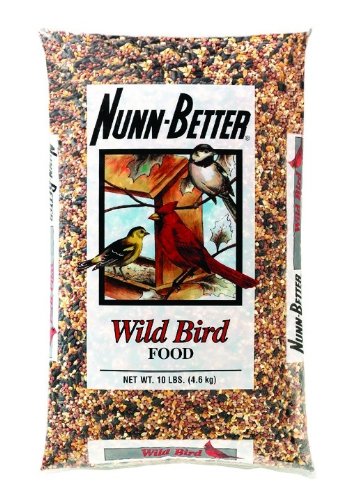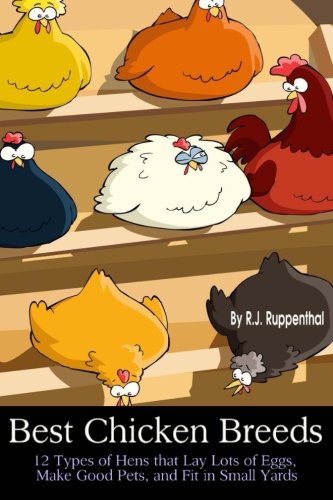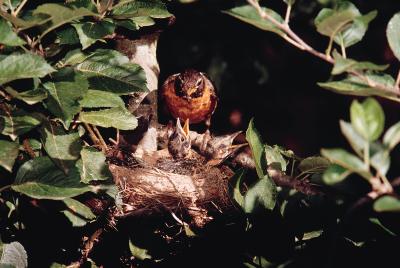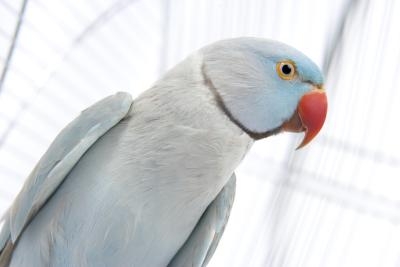There are many different types of chickens. The silky bantam hens are abundant layers - some even lay eggs with a pretty, pale green shell. They make quiet, quaint pets with individual personality's for the children.
Other hens are larger and more robust and come in an array of colors; black, brown, white or speckled. They all eat bugs, snails and slugs - good news if you are trying to tone down the number of these insects around the yard!
Did you know that hens are able to eat the Sydney funnel web spider without any ill affects? They make your yard a safer place to be and double as a pet for the children.
Chickens can be purchased as week old or over a week. You can buy them fully grown as well, but they make better pets when bought young. Make sure you buy from a reputable breeder who can tell what sex they are. The neighbors will not be pleased to be woken at dawn by a rooster crowing.
A young chicken will need to be kept inside where it will be safe and warm, until it grows older. A newspaper lined cardboard carton with sawdust or straw in the bottom will work just fine. A day old chicken will benefit from the extra warmth of a pretend mother. To make one of these, push many strips of fabric through a strong piece of cardboard and hang it so it hangs to the floor of the box. This is a good job for the children. The little chicky will run straight into it and be all together happy. Alternatively, you could use a new mop head.
To make a drinking trough that the chicken will not fall into or tip over, take an empty tin can and hammer a hole through each side just under the rim. Fill with water and place a saucer over it. Invert the whole quickly and you will see that water trickles out of the holes, but stops when the level rises to the rim of the saucer. It's a fascinating experiment for the children. Another tin to hold the special chicken growing mash is all you will need. Of course, keep the bottom of the box clean and dry.
When the chicken is grown up, change the food to laying pellets and gradually introduce chopped kitchen scraps. It will eat what it wants and leave the rest to be castaway with the soiled sawdust. If you have a garden, this is excellent fertilizer.
The hen will need a warm, dry place to live outside. An old cage is fine, but it's not much trouble to hammer in some stakes and wrap wire mesh around them. This will keep the hen safe from stray dogs while you are away. If it flies out, cut the long wing feathers back to about half, on one wing only.
This will not hurt the hen, but will stop it from flying.
Remember that a hen is actually a bird and it is natural for birds to roost in trees. Make a perch for your hen by poking an old broom handle through the mesh of its cage under the roof, but about 3 feet from the ground. Check on whether your hen is actually roosting. Some hens need to be trained. Dusk is the right time to gently pick up the hen and place it on the perch. It will soon understand what it is supposed to do.
A small drum, box or even a dog kennel filled with straw will make an ideal nest for your hen to lay eggs. If you use a larger dog house, it can double as a nest and a night shelter as well, with the simple addition of the perch. Or if you have a garden shed, the hen will not mind sharing with a few rakes and spades. If you live in an area where the winters are snowy, it will be best to keep your hen in the barn or shed.
As with any hobby, take your time, enjoy and learn along the way!

 Bird Watching: Beautiful Birds Seen in Western Australia
Collection of Beautiful Bird
Bird Watching: Beautiful Birds Seen in Western Australia
Collection of Beautiful Bird
 Mourning Doves Are Hunted Now?
Credit: audreyjm529 on flickr / Licensed unde
Mourning Doves Are Hunted Now?
Credit: audreyjm529 on flickr / Licensed unde
 The Delaware Chicken
Poultry BreedsDelaware Chick
The Delaware Chicken
Poultry BreedsDelaware Chick
 How to Help Baby Birds That Have Fallen Out of the Tree
How to Help Baby Birds That Have Fallen Out of
How to Help Baby Birds That Have Fallen Out of the Tree
How to Help Baby Birds That Have Fallen Out of
 How Do I Know If My Bird Has Mites?
How Do I Know If My Bird Has Mites?
Ho
How Do I Know If My Bird Has Mites?
How Do I Know If My Bird Has Mites?
Ho